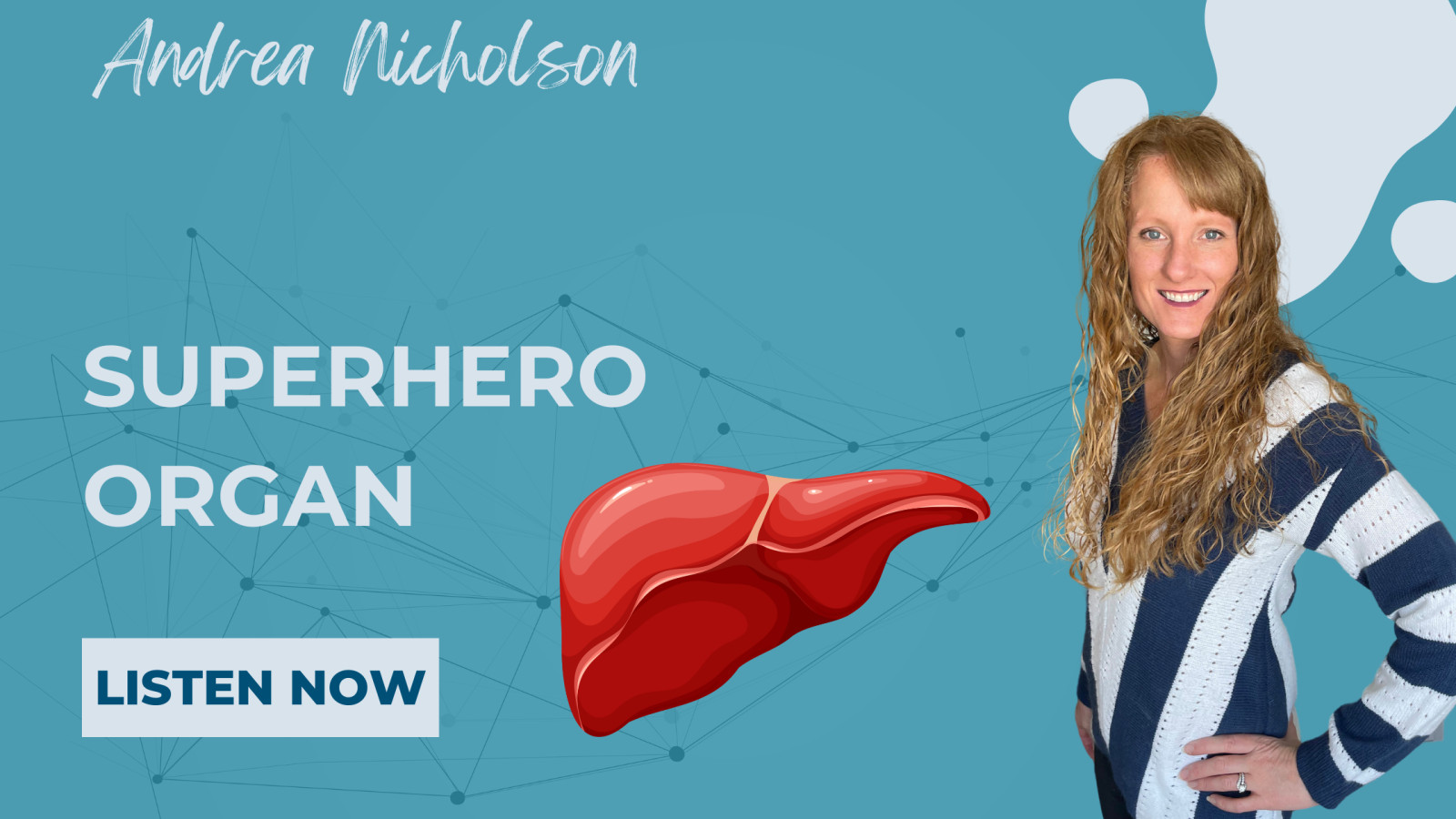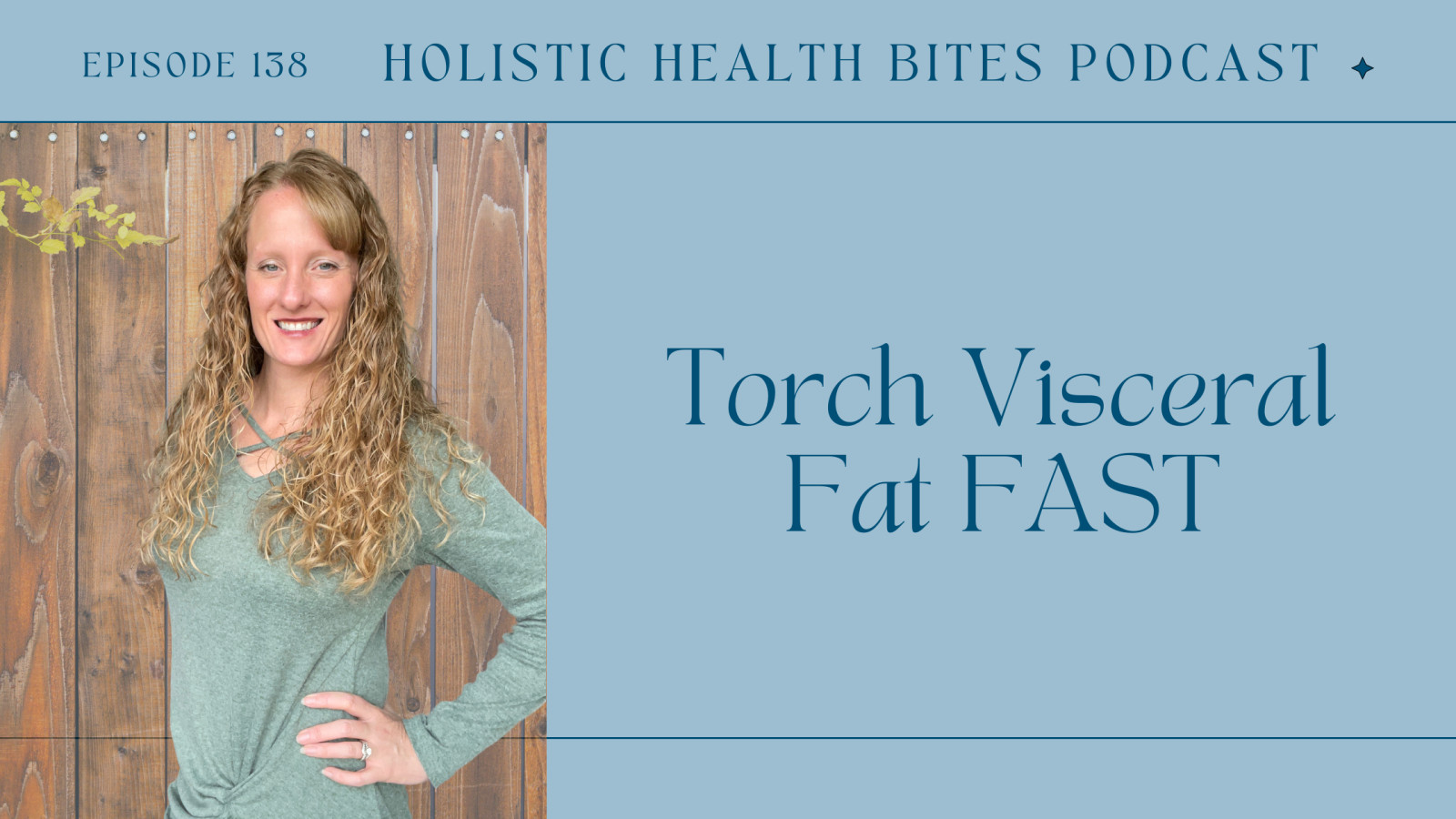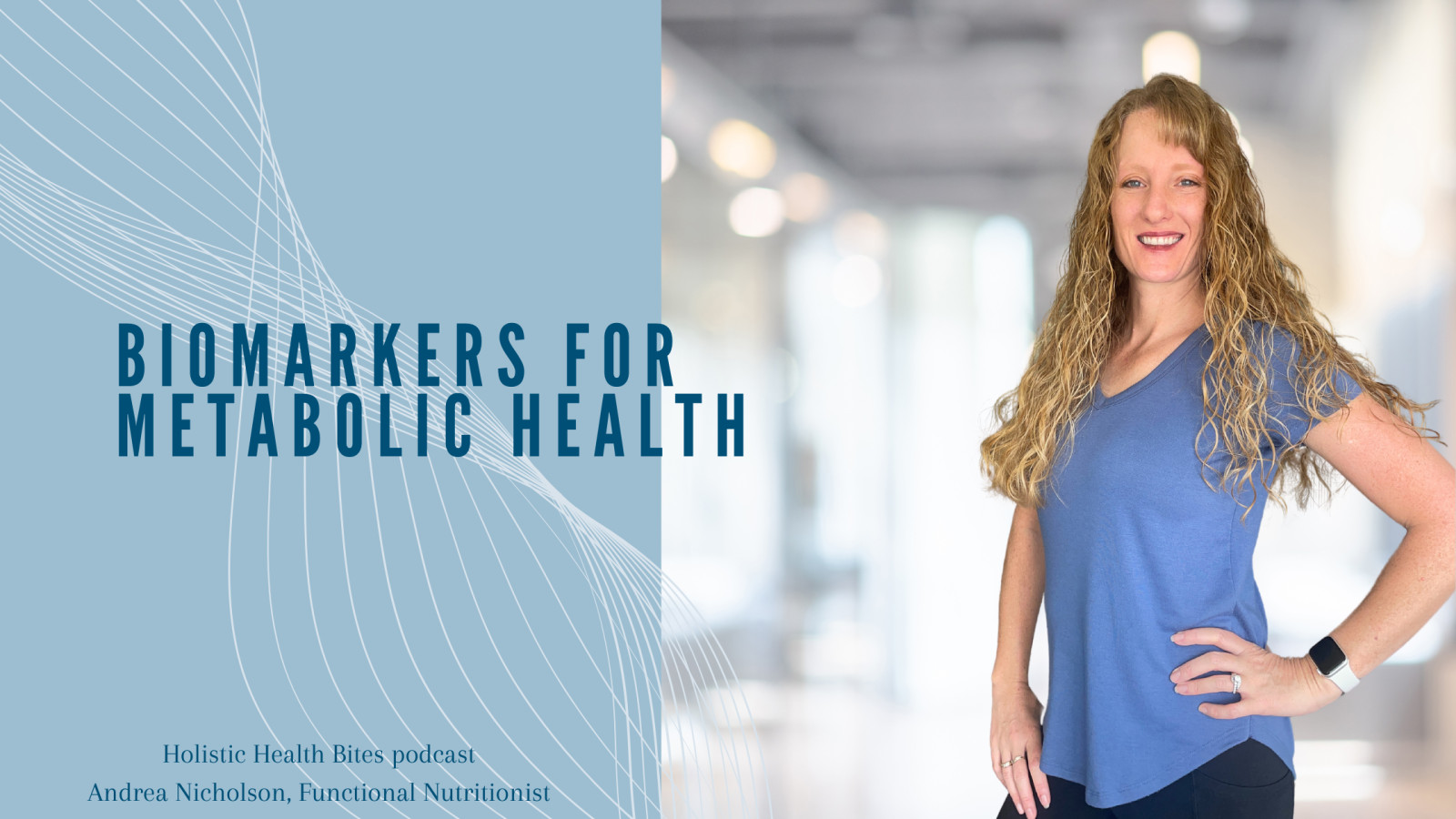
A case study in Nutrition Therapy and Restoring Wellness
In today’s post, I want to share a powerful case study about reducing heart disease risk naturally – beyond simply diet!
This 50-year-old male client came to nutrition therapy because he received poor blood testing results that showed high cholesterol (total and LDL with low HDL). He had also already had further analyses done (CT and angiogram) and found some plaque formation in his arteries, so he was looking to reduce his risk of a heart attack or other heart disease development. He didn’t share any other complaints but was mainly concerned about his heart health.
Full Symptoms and History
Upon further discussion, it was determined that he primarily ate a great diet – a lot of vegetables, gluten-free, and dairy-free – when he ate at home. He did not always follow this plan when we ate out with the boys or colleagues, however, where he would have typical pub food – burgers, sandwiches, and beer. This was a weekly or less event. He did also reveal some other important information and symptoms he was experiencing that he thought were normal and therefore hadn’t thought to mention:
- he often felt bloated after eating and frequently dealt with constipation
- he drank very little water, drinking mostly coffees
- his gallbladder had been removed years ago (no medications or supplements to remedy since)
- he had been experiencing abdominal cramping recently
- he had also been diagnosed with fatty liver
- he struggled to sleep and often snored
So as you can see here, he has far more going on than simply “bad cholesterol”. What all of this says to me is he has chronic inflammation! Frequent and chronic bloating and constipation are clear signs of digestive distress that can be attributed to poor microbial balance, presence of pathogens in the gastrointestinal tract, poor stomach acid production, poor digestive enzyme output, and poor fat digestion (which he clearly has without a gallbladder). Abdominal cramping is also a sign that things are not working properly in the digestive system. Poor hydration is certainly a factor here as well! Fatty liver and arterial plaque indicate a state of inflammation and poor detoxification pathways.
Data Tells the Bigger Story
In order to fully assess what was going on in the gastrointestinal system, he conducted a stool test and a food sensitivity test. The stool test can show the overall microbial balance of the GI system and how well the digestive system is functioning. The food sensitivity test can reveal specific foods that should be avoided while healing and repairing the gut system.
Why does this matter for repairing his high cholesterol? The plaque that has built up in the arteries is NOT a function of having too much cholesterol in the blood (even though that’s commonly what doctors will say), but rather the build-up is a function of the cholesterol (and many other responding molecules) trying to repair injuries inside the arterial wall caused by chronic inflammation. This inflammation often stems from the digestive system! Poor diet, leaky gut, toxin intake, and inflammatory microbes in the gut all contribute to this chronic inflammation. By addressing the function and overall health of the digestive tract, this chronic inflammation will decrease allowing the body to heal. Modern research has shown that blood sugar management (preventing insulin resistance) is the number one biggest factor in preventing heart attack! Type 2 Diabetes is now thought of as pre-heart disease!
What did his testing show?
He had too few of some good bacterial strains and too many of other good bacterial strains, as well as numerous opportunistic inflammatory bacterial strains, and several of his most commonly consumed foods he was sensitive to. These conditions were contributing to the inflammatory state of his body that ultimately contributed to his poor arterial and cardiovascular health as well as the bloating, constipation, and cramping!
Based on these test results, a protocol was developed to remedy his symptoms while addressing the root causes. This included a change to his dietary habits, temporary avoidance of food sensitivities while healing, antimicrobial herbs to eradicate the inflammatory bacteria, a broad-spectrum probiotic to re-balance the healthy microbiome, functional supports in the form of Betaine HCl and digestive enzymes, as well as biliary support to help his body to properly emulsify fats in the diet and absorb fatty acids and fat-soluble vitamins. He also focused on mindful practices around exercise and eating (slowly, chewing thoroughly, not eating on the go or when distracted), and prioritized sufficient quality and quantity of sleep by improving his nighttime habits (turning off screens at least an hour before bed, wearing blue light blocking glasses in the evenings).
The final results
After a few months following this protocol, he happily reported that all of his previously reported symptoms were gone – he was no longer bloated after eating, no longer suffered from constipation, did not have any abdominal cramping, he stopped snoring, and all of his blood markers had returned to normal! And he is now able to eat those favorite foods of his that he was once sensitive to without any issues!
This kind of data goes to show just how powerful the digestive system is and why it’s the number one healing priority of the body!
Nutrition Therapy is not about going on a diet. It’s about addressing and repairing imbalances in the body that create disease. Whether you struggle to lose weight, have thyroid or other hormone imbalances, diabetes, heart disease, or you just struggle to stay focused and feel sharp – nutrition therapy can help!





















0 Comments